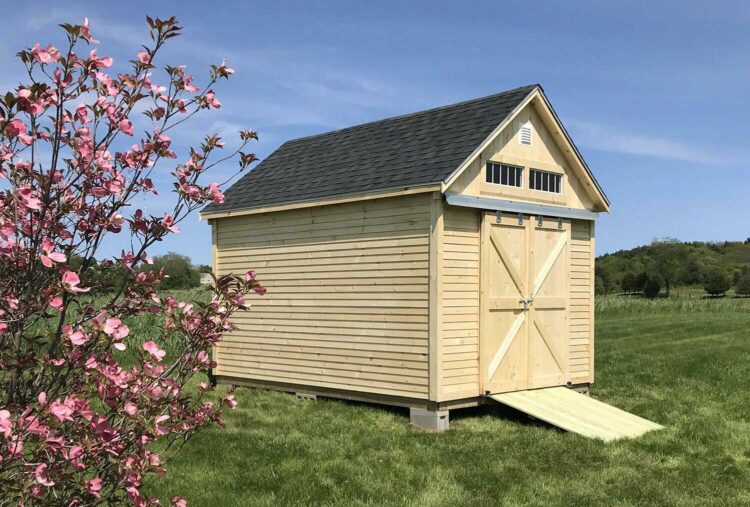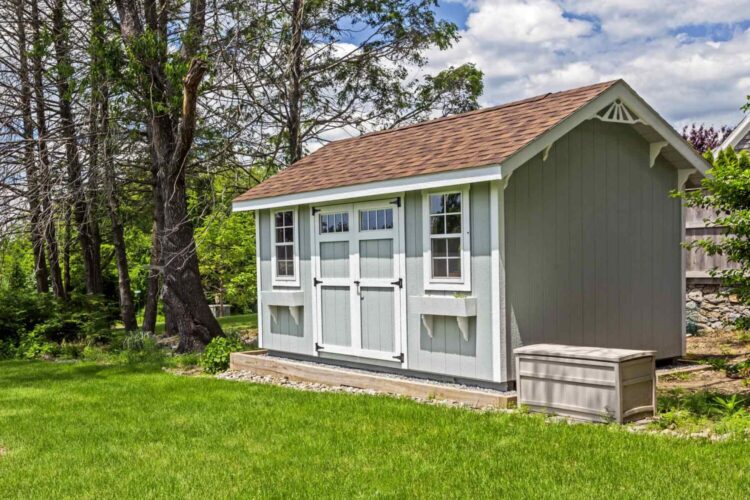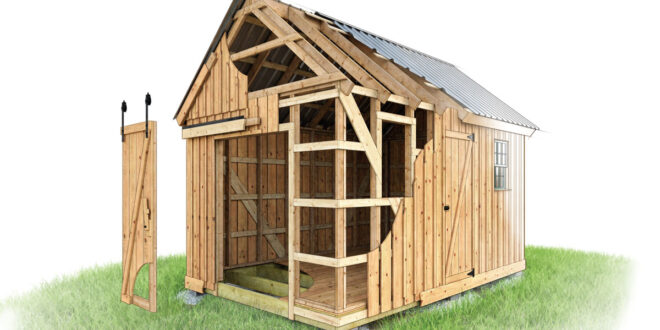The process of building a shed in Ireland goes beyond merely picking a spot and constructing the structure. Whether you’re after additional storage, a workshop, a place to keep your garden equipment, or even somewhere to park your car, thorough planning is essential.
Taking into account Ireland’s distinctive climate and unpredictable weather, as well as planning regulations, site preparation, and accessibility is crucial. Don’t worry though; read on and let us help you take the stress out of the process of building a shed in the beautiful Irish landscape.
1. Planning Permission
In Ireland, planning permissions are required for sheds exceeding certain dimensions, making the process a little more complex than elsewhere. The maximum permitted shed size is 25 square meters. Anything larger than this will need planning permission.
It’s worth noting that this is the total area of all the sheds on your land, and it can be split over two (or more!) different structures. It’s not just the area – the height matters too; your shed’s roof must come in under three meters (or four meters for a pitched roof).
One additional consideration to bear in mind is that you need to have a remaining 25 square meters of garden space, so you can’t compromise the aesthetic balance of your outdoor space. On that note, the shed’s exterior design should align with the house’s style.
If you’re not sure whether your shed falls within the limits of what’s allowed, it’s always worth checking with your local authority or planning department first. Breaching regulations could result in legal complications and may require you to dismantle the shed.

2. Climate Considerations
Anyone who’s ever set foot on the Emerald Isle will testify to Ireland’s unpredictable weather. When it comes to building a shed, it’s worth selecting materials that can withstand the Irish climate.
Opting for a steel shed over wood comes with some notable advantages: Steel sheds are not only inherently resistant to moisture damage; they also won’t rot or warp, plus you don’t have to spend time painting or treating them to make them weatherproof.
Once you’ve chosen your material, consider incorporating a window or some vents to maintain good air circulation and minimize the chance of other humidity-related problems.
3. Site Preparations and Proper Foundations
Ireland introduces specific challenges for your shed’s foundations. Due to frequent rainfall, Irish soil tends to be soft and susceptible to moisture retention. Establishing a stable and level foundation is imperative, as is incorporating effective drainage mechanisms to deter water accumulation around the shed.
There are various options for a base, but the most important thing is ensuring it is level. If your chosen location sits on a slope, consider implementing drainage solutions to redirect water away from the shed.

4. Access
Once you’ve pinpointed the dimensions and footprint of your shed, it’s time to plan out the access points. This involves ensuring there is enough space for doors to open fully, as well as additional space in front of doorways if you want to install accessibility ramps.
Consider as well how you will get your shed into position. Many sheds (including steel sheds) come with CAD drawings and clear instructions for assembly. If the components of your shed need to come through tight bends (such as through the house), make sure there is room for the larger pieces (such as the shed’s sides) to pass through.
Installing a shed is a fantastic way to maximize the use of your garden space and can provide vital, secure storage solutions. By carefully planning your shed, bearing in mind the specificities of Ireland, you can build a shed that not only complies with regulations but also meets your own specific needs and stands up to the unpredictable Irish climate.
 Hi Boox Popular Magazine 2024
Hi Boox Popular Magazine 2024



